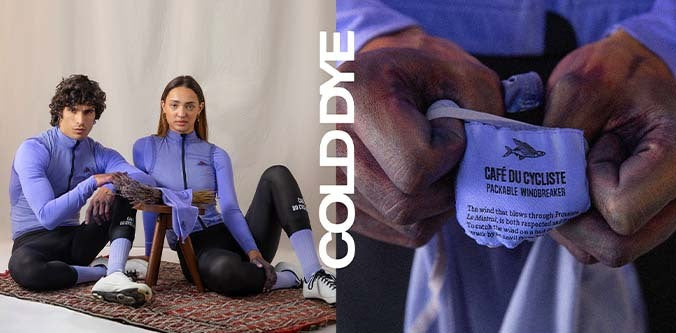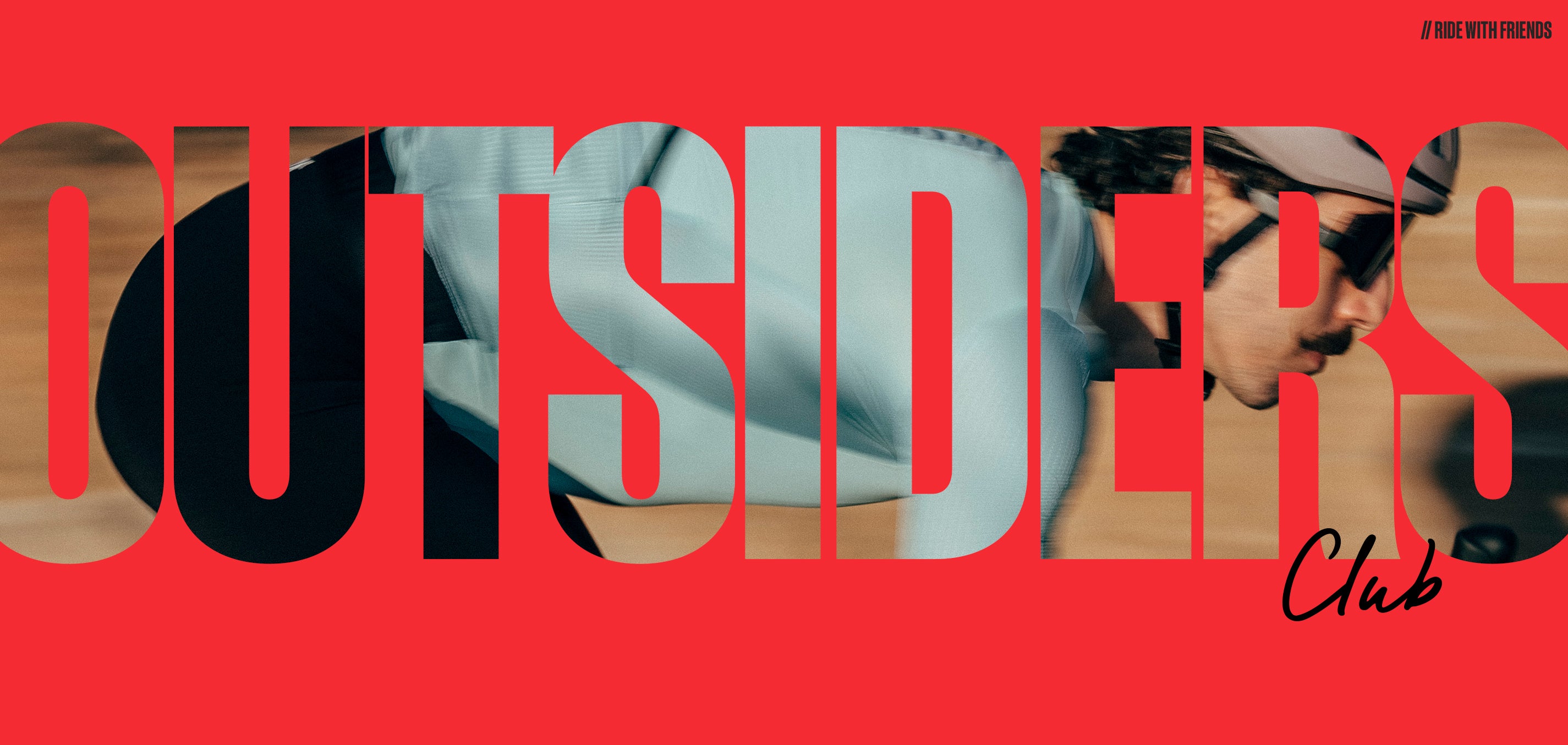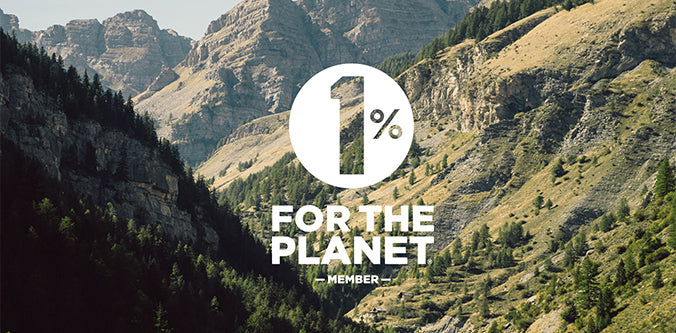#whatisgravel: An exploration of Mont Blanc
The Roof of Europe, more commonly known as Mont Blanc, culminates at 4810 metres and to circle its base, three countries must be crossed. The subject of many controversies between France and Italy, there is no doubt that this geological monster clearly lives in both countries, but the real issue concerns its summit, and who can claim stewardship of the eleventh highest mountain in the world. This perhaps emphasises the lunacy of territories and borders – owning nature on this scale is surely not possible.
The destiny of Mont Blanc is historically linked to that of the city of Nice – another location that has passed between Italian and French ownership. In 1860, Victor Emmanuel II of Savoy, desiring to unify Italy and become its king, ceded the Sardinian states of Nice and Savoy to France by the Treaty of Turin, in exchange for military and diplomatic aid from France. The treaty includes the summit of Mont Blanc.
If we still needed to argue the case for Gravel riding’s stature in the velocipedic landscape, this Tour du Mont Blanc will provide sufficient evidence. Asking the question #whatisgravel at this altitude, is an exciting prospect. The approximately 218 kilometres of this gravel route achieve the perfect synthesis of road and MTB riding, placing us most of the time in the heart of the mountain and far from traffic, while allowing us to comfortably borrow parts of asphalt to cross between passes.
In terms of how you travel, there are two ways of attempting the journey. One opts for the comfort of a light bike by selecting hotels along the route (and the half-board that goes with it), the other for a heavier bike but capable of offering us total autonomy and the 100% outdoor experience that goes with it. We did this trail in early October with uncertain weather and opted for the comfort version.







































